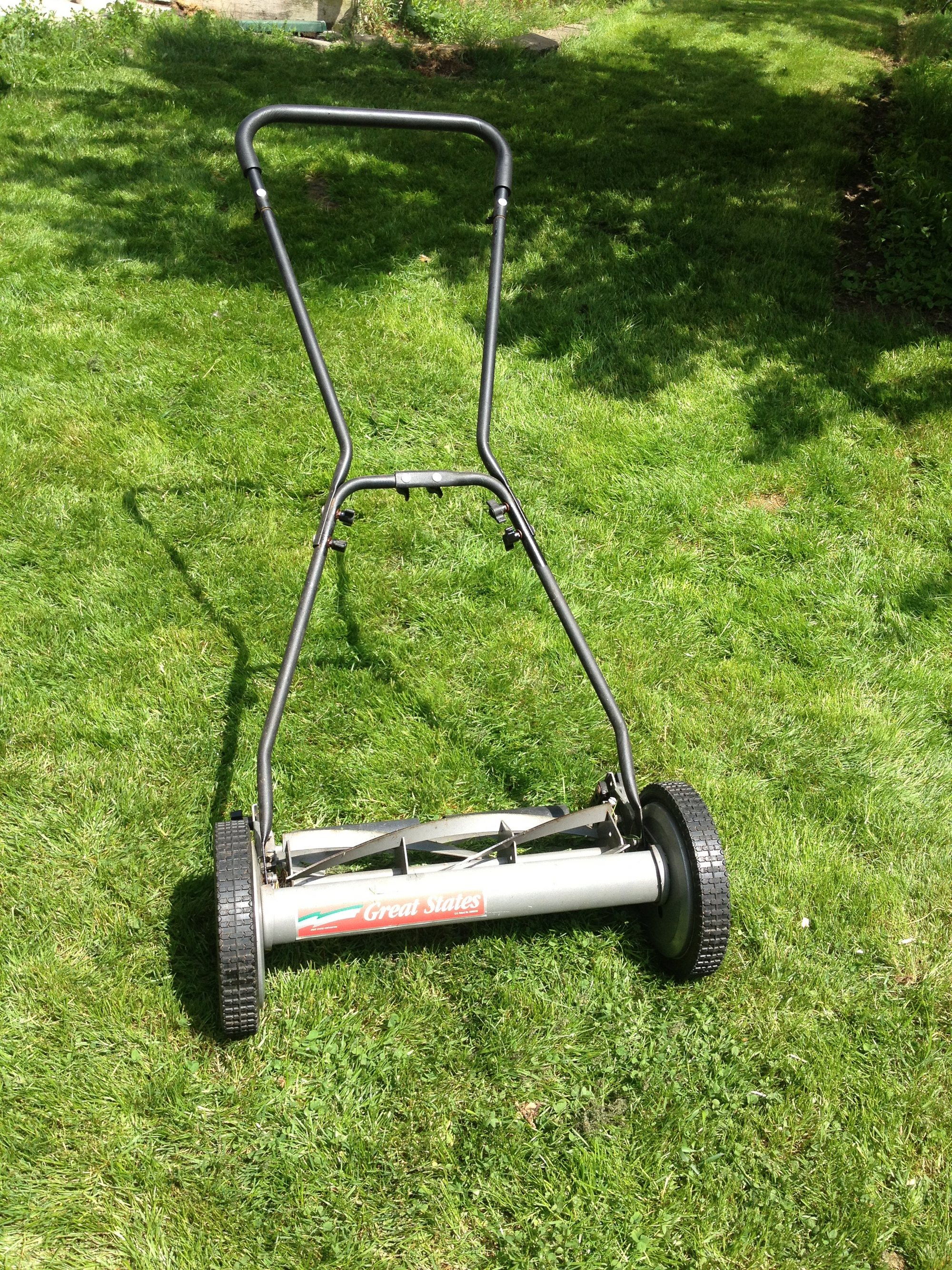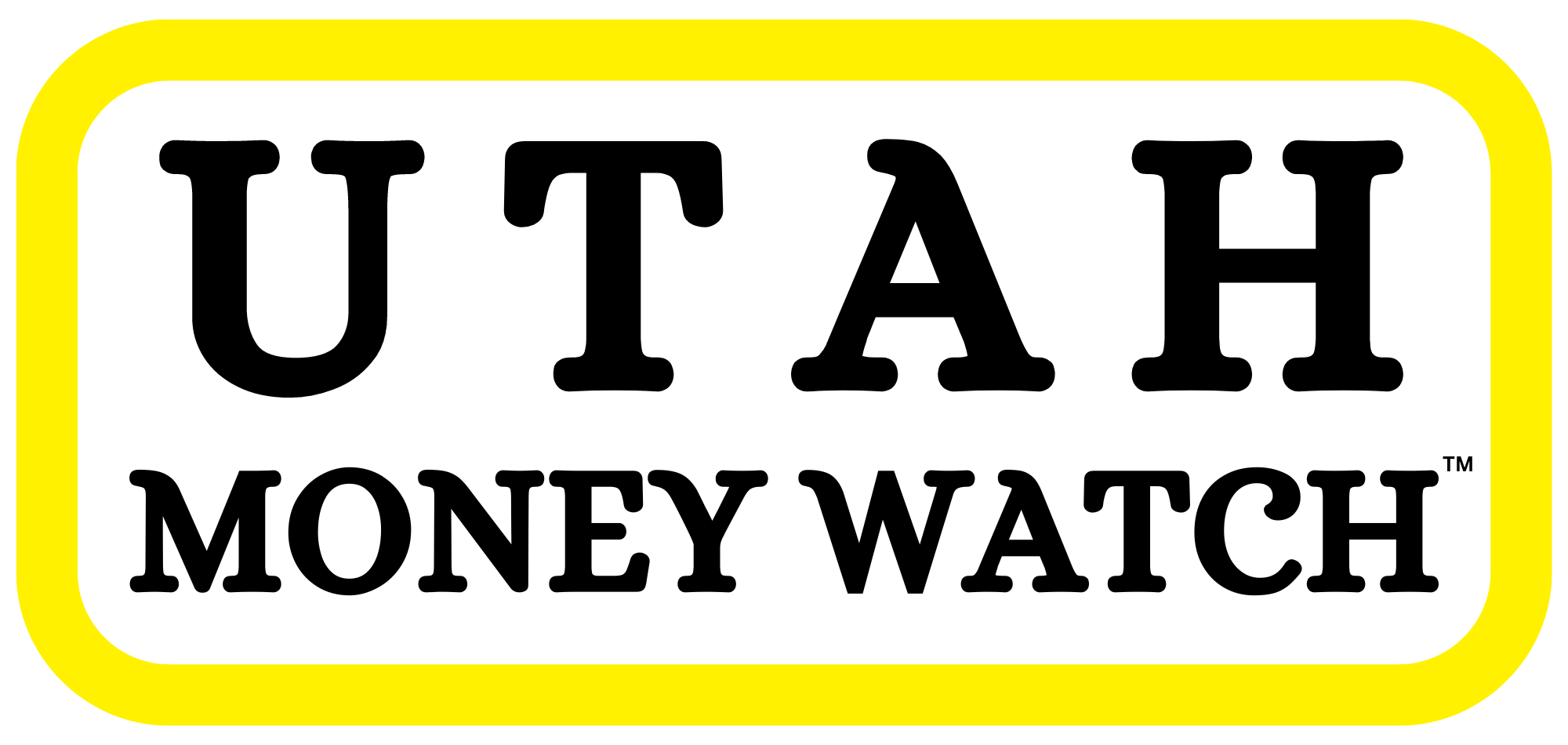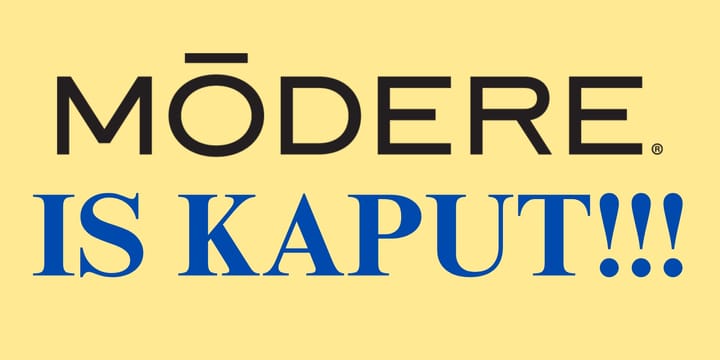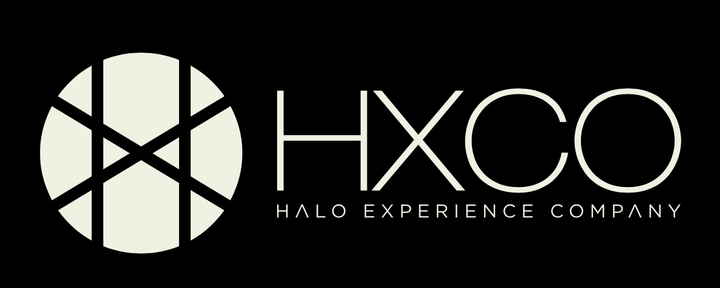The Case for FireFly Automatix Becoming Utah's Next "Unicorn," Courtesy of Artificial Intelligence, EVs, and Grass

By "marrying motion control with robotics" in its fully autonomous electric mowers, FireFly Automatix has dramatically expanded its Total Addressable Market size (TAM) by 15-fold to $30 billion. The decision moves FireFly beyond turf harvesting/mowing into commercial and (eventually) residential grass-mowing. And its primary targets out-of-the gate are the 30,000 golf courses and 2,000 turf farms around the globe.
I make no bones about it: I hate mowing the grass!
In fact, it's a chore I've hated ever since my dad assigned me the task as the oldest of five kids growing-up in East Palo Alto, California oh so many moons ago.
The primary object of my disdain was a no-name-brand push mower even more primitive than the one shown below.

Notwithstanding my personal challenges with lawn-mowing, the reality is that there are some 50 million managed acres of grass just in the United States.
It's that opportunity that got FireFly's co-founders going some 13 years ago.
It all Started with Turf: Harvesting then Mowing
Whether you're talking Kentucky Bluegrass, Bermuda, Fescue, or some other species of perennial grass, it turns out that Americans love their lawns to the tune of roughly 15 million acres of residential grass in front, back, and side yards all over the country.
But it was the remaining 35 million-ish acres of grass that populate schoolyards, parks, golf courses, corporate and governmental campuses, and alongside or in the middle of untold miles of American highways, freeways, and roads that initially caught the attention of FireFly's co-founders back in 2010.
But when the co-founders launched FireFly Automatix, however, weren't thinking about all of the verdant grass fields everywhere.
Nope, they were just thinking about turf farms. So that's where they started.
Turf, or sod as it's often called, is raised, sold, and harvested on slightly more than 1,400 sod farms across the U.S. today, out of close to 2,000 such farms globally.
For Firefly, its path to success started with turf harvesting machines, specifically with its ProSlab 155 in 2013.
Initial 2013 promotional video for the ProSlab 155, the first turf/sod cutting and stacking machine from FireFly Automatix (known then as Firefly Equipment). Video downloaded from the company's YouTube channel on 19 August 2023.
Today, the company lists two sod harvesting machines:
- The ProSlab 160, which automatically cuts and cross-stacks flat slabs of sod onto pallets before dropping the loaded pallets in the field behind the machine, and
- Its R300 Automated Roll Harvester, which does just that - automatically cuts and rolls slabs of turf, before cross-stacking the rolled sod onto pallets and then dropping the loaded pallets in the field behind the machine.
In 2018, FireFly introduced its first automated turf mowers, a decision driven by the recognition that sod growers also need to "cut their grass," typically once a week.
What I found cool about these systems is the fact that they are learning systems.
Specifically, after a sod farmer mows a field once, FireFly's M220 and M220-AV Hybrid Turf Mowers "learn" and can automatically re-mow that same field in the same pattern without human intervention beyond maneuvering a machine into the same starting point and sending the system on its merry way.
{NOTE: The M220's and M220-AV's can also learn multiple mowing patterns, which enables turf farmers to alter routes as determined by each firm.}
According to happy customers, FireFly's turf-focused systems have delivered three-to-one (3:1) increases in productivity versus competing platforms.
They also lower personnel costs significantly, while also lowering air pollution, something particularly important in highly regulated regions like California.
According to FireFly's CEO and board member, Andrew Limpert, the company has sold more than 550 of its harvesters around the globe during the past 10 years, which may not sound like a lot until you understand that an average starting price point for a FireFly turf harvester is $400,000.
In other words, the company has generated north of $200 million in harvester unit sales in the past decade.
That doesn't include the over $10 million in parts and service revenue the company now produces annually or any additional sales revenue since 2018 from its turf farm mowing platforms.
Given Limpert's statement that the firm is seeing sales growth of roughly 10% per year, I estimate that FireFly was on track to generate close to $50 million in 2023 revenue.
And then FireFly changed everything by launching its M100-AV a few weeks ago.
The FireFly M100-AV is a fully autonomous, 100-inch-wide, LiDAR-directed and Artificial Intelligence enabled, all-electric mower capable of cutting up to 7 acres/hour and 25 acres per charge - an undertaking Limpert described as "... marrying motion control with robotics."
And it does so without having someone run the machine.
Rocketing from a $2 Billion TAM to a $30 Billion Opportunity
AUTHOR'S NOTE: Let's go sideways for a moment.
I believe that when most people think of Marketing, what they're really referring to is Promotion - advertising, social media, public relations, packaging, branding, etc. - and not the other "P's" in the Marketing Mix: Product, Price, Place, and People.
And yet, by examining all Five P's of its potential Marketing Mix, I am convinced that FireFly is poised to radically transform itself into a "Unicorn," an investor-backed firm that is worth over $1 billion. Here's why.
When I interviewed Limpert last month, he explained that FireFly's data for annual global sales of machines that serve the turf farm marketplace was $2 billion, including both harvesting systems and turf mowers. And that's driven by the roughly 2,000 sod farms worldwide noted above.
By contrast, when FireFly examined the global marketplace for automated, EV-mowers across all industries - from golf courses to governmental needs and everything in between, the size of its TAM (Total Addressable/Available Market) jumped to $30 billion in annual revenue, a head-shaking 15X larger opportunity.
Now ... just because an executive team proclaims its focus on a given market does not in anyway ensure it will be successful in its efforts.
However, FireFly has
- Been around for 13 years (successfully),
- Established itself as a leader in a subset of its newly targeted and much larger market,
- Built an Intellectual Property portfolio of 82 patents (34 issued and 48 pending), supported by
- A team of 200 employees, 40 of which are engineers, and
- It's already got an established foundation of hundreds of global customers, each of which are prospective clients for its new fully autonomous, AI-powered*, EV-mowers.
How I Believe FireFly Automatix Gets to a $1 Billion Valuation
First, a couple of factoids from my conversation with FireFly's Limpert:
- Moving to self-driving, commercial-grade, EV-mowers instead of gasoline- or diesel-fueled human-operated machines will save users up to 80% of their fuel costs.
- Switching to self-driving, commercial-grade, AI-empowered EV-mowers will eliminate virtually all personnel costs currently tied to mowing non-residential lawns.
- Switching to self-driving, commercial-grade EV-mowers will also substantially eliminate all air pollution associated with gas- and diesel-powered mowers that mow non-residential lawns.
- All 2,000 turf/sod farms globally are prospective customers for the M100-AV.
- All 30,000 golf courses around the world are also prospective customers for the M100-AV.
- The starting price point for the M100-AV is $140,000.
- Depending upon usage, payback on each M100-AV is expected within two-to-three years per customer.
Politis Math
Just by focusing on sales to turf farms (FireFly's existing customers) and golf courses, I believe that FireFly can generate over $50 million in new annual revenue within a year and a half (18 months) from sales of its M100-AV.
That's just under 360 units annually (given a $140,000 price tag per unit), not a crazy target.
Assuming it can produce the machines to meet market demand, and it has decent sales and marketing teams, I suspect FireFly can drive M100-AV sales to over 1,000 units per year by the end of 2026, three full years from now.
That's over $140 million in new revenue for FireFly. Annually.
So ... even if its sod harvester sales stay flat - and they've been growing 10% per annum -
That would put FireFly's annual revenue at just under $200 million.
At a 5X valuation multiple (which would be low in my estimation), that means FireFly Automatix would hit the mythical Unicorn status no later than the end of 2026.
Will it happen? Who knows.
But is it possible, perhaps even probable?
Yeah, I think so.
And for me, I think that would be pretty cool.
This is gonna be an interesting company to follow.
* - By the way, the "brains" of each FireFly Automatix M100-AV self-driving mower is a GPU (Graphics Processing Unit) from NVIDIA, the self-proclaimed "world leader in artificial intelligence computing." These GPU chips process all of the data collected by the M100-AV that allow it to operate as a standalone, self-driving mowing system.




Comments ()